No products in the cart.
Return To Shop
Whatsapp +1 (650) 437-5747
info@redboxreptiles.com
redboxreptiles667
30% off for Bitcoin Payment $1000+
Free standard shipping on orders $500+
Golden Greek Tortoise
$349.00 – $479.00
80 people are viewing this product right now
Golden Greek tortoises are a fairly recent addition to herpetoculture. Before they entered the U.S. reptile market in significant numbers, the typical Greek tortoise available from importers was heavily patterned, and it often had a dark shell and skin.
These Golden Greek tortoises varied considerably in size, 4 to 8 inches in straight line plastron length, and to a lesser degree in shell shape depending on the country of origin. But to the average tortoise keeper, the various Middle Eastern races of Greek tortoises were otherwise all rather similar looking.
Thus, the sudden appearance of these nearly solid-yellow tortoises caused quite a stir in 2001. Only the sporadically available and notoriously delicate Egyptian tortoise (Testudo kleinmanni) was comparable in looks. Compared to Egyptians, the newly arrived golden tortoises were much larger, brighter colored and much less demanding in their care needs. This made them very popular in the pet market, and more importations quickly followed.
Shades of Greek
The first groups of Golden Greek Tortoise to arrive were tentatively dubbed Testudo graeca terrestris, but their country of origin was never really verified. They had relatively high-domed shells, straw-yellow skin and shells, and individual scutes of their carapaces either lacked the dark central spot and dark scute margins, or they were greatly reduced. Many males had plastron lengths of 6 to 7 inches, and females were 2 to 4 inches longer. Specimens matching this description are currently referred to in the pet trade as Syrian or Lebanese golden Greeks, but their actual taxonomic status is still in flux.
Unfortunately, with every subsequent shipment their looks seemed to change. The next large group to enter the U.S. had identically sized and shaped shells, but most had a pattern much more typical of the common Golden Greek Tortoise (Testudo graeca graeca). Many also had noticeably darker skin and overall grayer shells. You’d have been hard-pressed to justify calling them “golden,” yet they still entered the pet trade under that name. That trend has continued to this day. No significant importation since that original large group, dubbed T. g. terrestris, has yielded the high-domed, clear-yellow, nearly patternless specimens that were originally termed “golden Greeks.”
| AGE/SIZE | Hatchling, Well Started Baby, Yearling |
|---|
Only logged in customers who have purchased this product may leave a review.
Giant South African Leopard To...
$679.00 – $5,749.00


HET Ivory Sulcata Tortoise
$349.00 – $399.00
Related products
Copyright © 2024 REDBOX REPTILES.

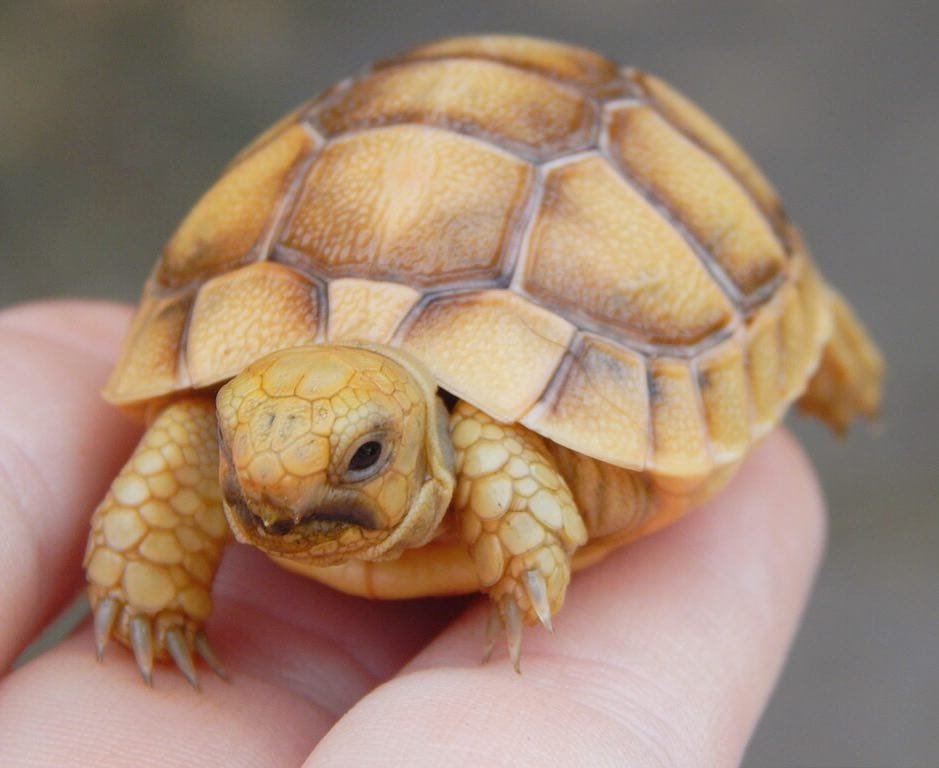


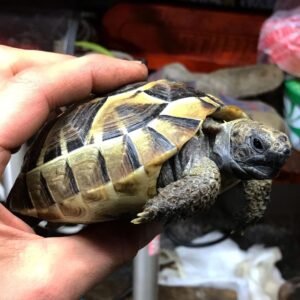
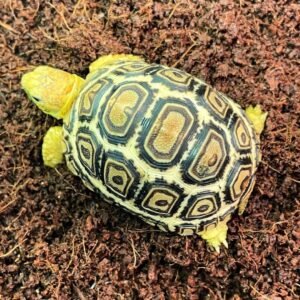


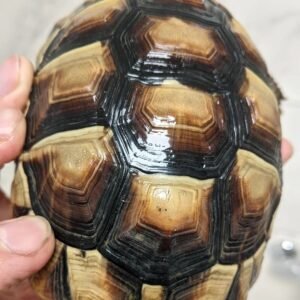
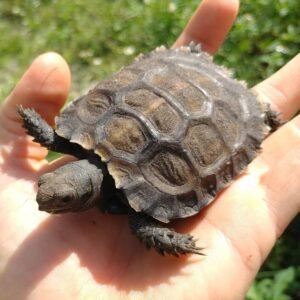

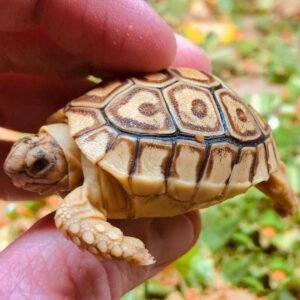

Reviews
There are no reviews yet.